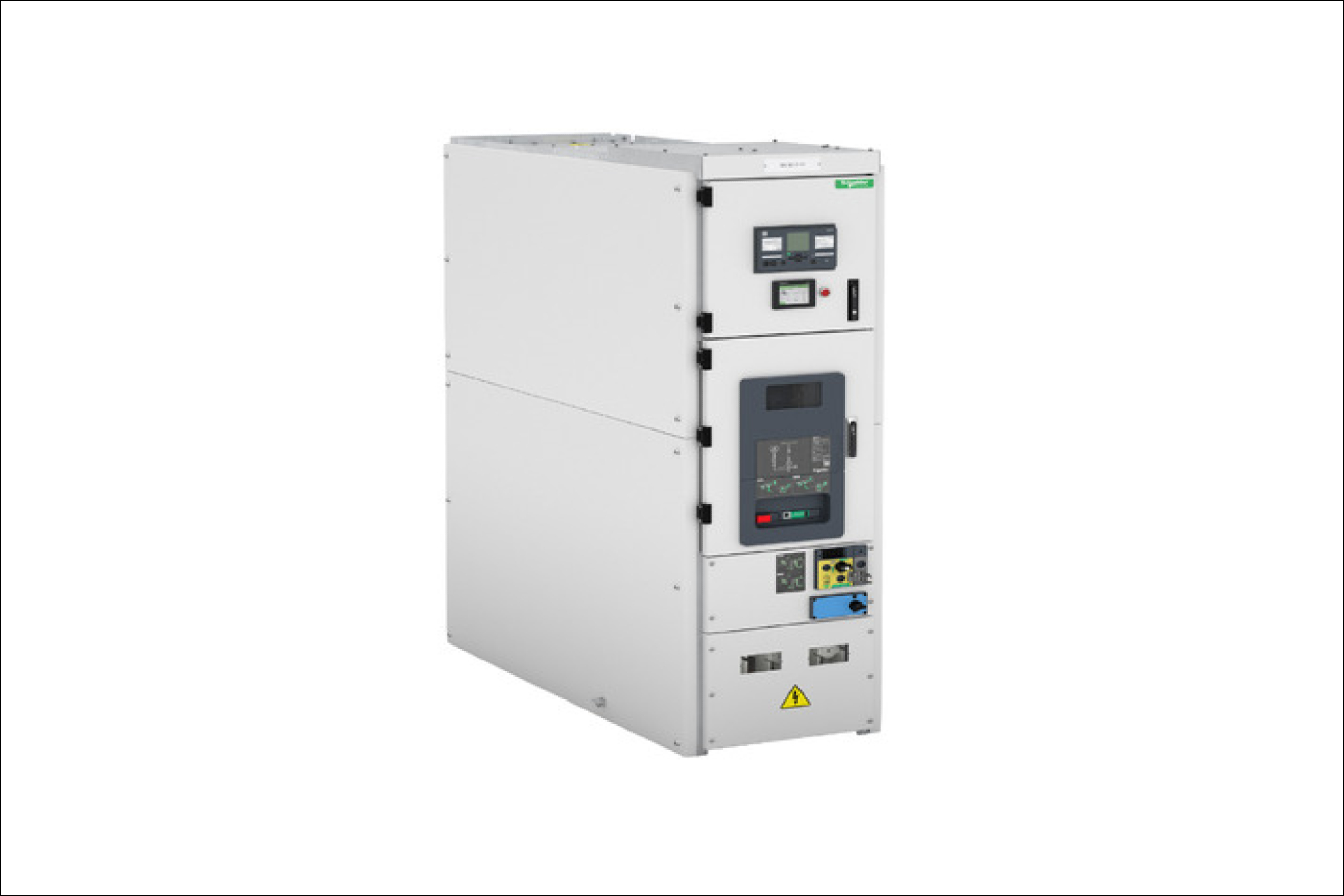Switchgear monitors and assesses electrical parameters
By OEM Update Editorial July 31, 2023 1:57 pm IST
Switchgear ensures the overall control and protection of electrical equipment, enhancing the industrial automation system’s safety, reliability, and efficiency, remarks Piyush Garg, Director, Balaji Switchgears Pvt. Ltd.
In what ways does switchgear contribute to the safe and dependable distribution of power in automation systems?
Switchgear plays a vital role in automation systems, ensuring secure and dependable power distribution. It comprises various protective devices like electrical disconnect switches, fuses, circuit breakers, and relays, all enclosed. Switchgear is essential for power control, fault protection, ensuring reliability and redundancy, enabling remote operations, and monitoring and controlling functions within automation systems.
In summary, switchgear within automation systems ensures the safe and reliable distribution of electrical power by offering control, protection, redundancy, monitoring, and integration capabilities. Its purpose is to minimise downtime, prevent equipment damage, and enhance the overall efficiency of power distribution in automation systems.
What is the primary role of switchgear in industrial automation, and how does it contribute to effectively controlling and safeguarding electrical equipment?
In industrial automation, switchgear performs crucial tasks that ensure effective electrical equipment control and protection. These tasks encompass several primary functions:
By fulfilling these functions, switchgear ensures the overall control and protection of electrical equipment, enhancing the industrial automation system’s safety, reliability, and efficiency.
What considerations should be considered when choosing the suitable switchgear for specific automation needs?
Certain factors take precedence when selecting a switchgear component due to their utmost relevance. These factors include the voltage and current rating, determining the component’s compatibility with the electrical system. The short circuit rating is also crucial, as it signifies the component’s ability to handle sudden electrical surges.
The operational environment must be considered, as different conditions may require specific protective measures. Additionally, any necessary statutory approvals should be obtained to ensure regulation compliance. Lastly, the integration and communication protocol should be considered to ensure seamless connectivity and compatibility within the overall system.
How does integrating switchgear into automation systems enhance energy management and operational efficiency?
Integrating switchgear with automation systems offers several advantages, including enhanced circuit accuracy, real-time monitoring capabilities, efficient load management, optimisation of energy consumption, and the ability to predict and prevent failures. In today’s context, it is crucial to employ condition monitoring, predictive maintenance, and fault detection techniques to safeguard the health of electrical infrastructure and minimise unexpected downtimes. Furthermore, energy reporting and analysis enable better control over operational expenses (OPEX) and contribute to developing a reliable system.
Cookie Consent
We use cookies to personalize your experience. By continuing to visit this website you agree to our Terms & Conditions, Privacy Policy and Cookie Policy.














